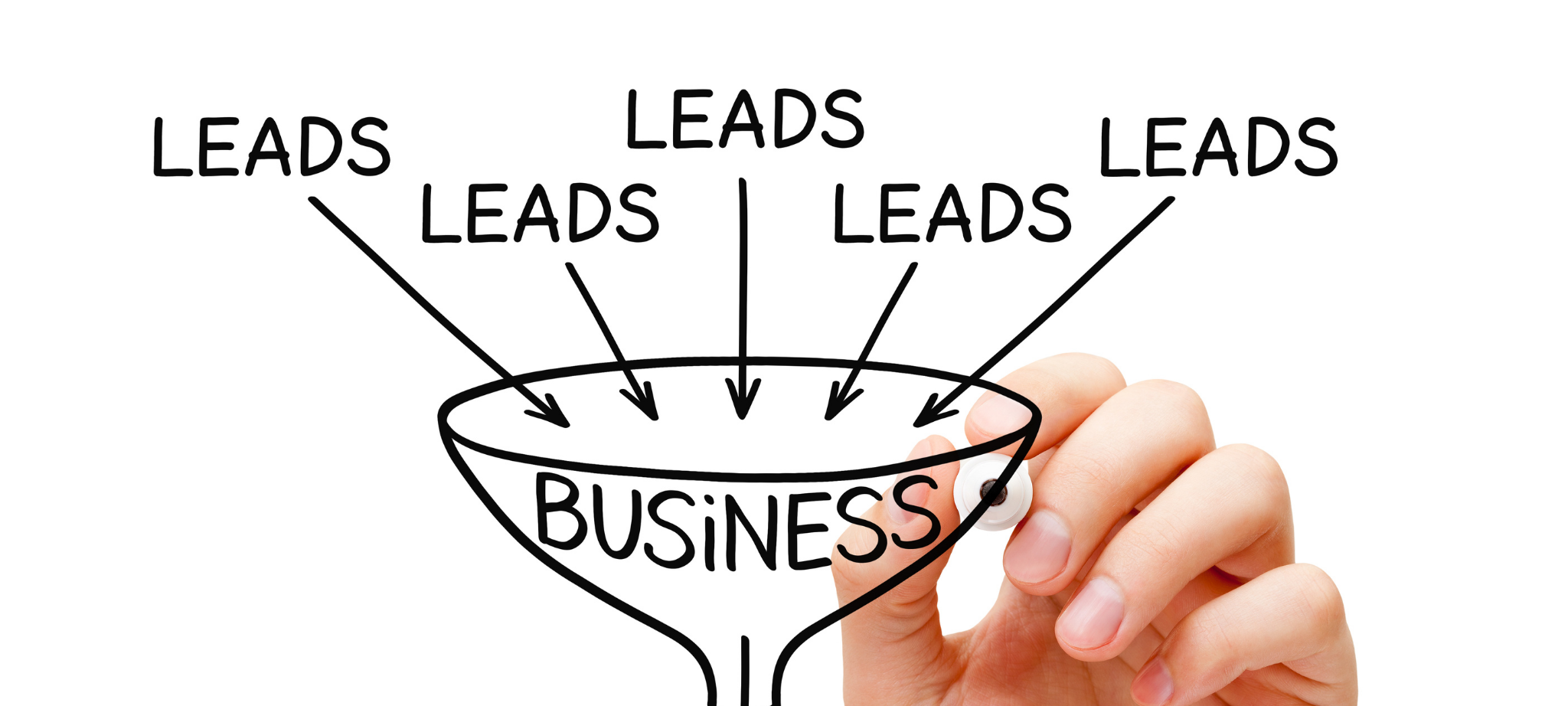Setting objectives for a virtual event is key to its success. Whether you're looking to drive awareness, education, or leads, having specific goals in mind will help you create a strategy and measure the results.
In this post, we'll share five tips on how to set virtual event objectives that align with your business goals. Read on to learn more!
How to Define Virtual Event Goals?
When you're planning a virtual event, it's important to set clear and achievable goals. This will help you determine the budget, format, and target audience for your event. Without well-defined goals, it's easy to end up with an unfocused event that doesn't meet your attendees' needs.
To start setting goals for your virtual event, ask yourself what you want to achieve. Do you want to generate leads, build brand awareness, or drive sales?
Once you know your primary goal, you can start setting specific objectives. For example, if you're looking to generate leads, you might set a goal of acquiring 50 new contacts. If you're trying to boost brand awareness, you might set a goal of reaching 10,000 people through social media.
Once you have your goals and objectives in place, it's time to start planning your event. Keep your goals in mind as you determine the budget, format, speakers, and promotional strategy for your event. By staying focused on your goals, you can ensure that your virtual event is a success.
Most common objectives for virtual events
There are a number of common objectives for virtual events, including networking, promoting a product or service, and generating leads.
Some of the common objectives include:
- Increasing awareness of your brand
- Generating leads or sales
- Building relationships with customers or partners
- Educating your audience on a particular topic
- Showcasing new products or services
- Driving traffic to your website
- Increasing social media engagement
Get Specific with Your Virtual Event Goals
Every successful event starts with a clear goal. What do you want your virtual event to achieve? Without a goal, it will be difficult to measure success and determine whether or not your event was successful. When setting your goals, it is important to be as specific as possible.
For example, rather than setting a goal of "increasing brand awareness," try setting a goal of "reaching 500 new potential customers." Once you have set your goals, you can develop a plan for achieving them. By being specific about what you want to achieve, you can ensure that your virtual event is a success.
Some examples of SMART virtual event objectives include:
- Increase brand awareness by X%
- Generate X new leads
- Increase website traffic by X%
- Drive X social media mentions
- Achieve X virtual event registrations.
How to Define Virtual Event Objectives and KPIs
As you plan your virtual event, it’s important to take the time to define your objectives and key performance indicators (KPIs). This will help you to measure the success of your event and make necessary adjustments.
When defining your objectives, ask yourself what you hope to achieve with your event. Do you want to increase brand awareness? Drive sales? Generate leads?
Once you have identified your objectives, you can start to develop KPIs. These are specific, measurable goals that will help you track progress towards your objectives.
For example, if your objective is to increase brand awareness, you might track the number of attendees or the amount of social media engagement.
Remember to set KPIs (key performance indicators) for each objective. It will help you track your progress and gauge whether or not you've achieved your goals.
By taking the time to define your objectives and KPIs, you can ensure that your virtual event is a success.
Metrics to track to gauge the performance of a virtual event
Before your virtual event, you should decide which metrics you will track to measure the success of your event. Below are some important metrics to consider:
Number of attendees:
This is a key metric to track, as it will give you an idea of how many people are interested in your event.
Content, Engagement, and Social Share:
One way to measure the success of your virtual event is to look at the content, social shares, and engagement. Event content includes things like the quality of the speakers, the topics covered, and the overall tone of the event.
Social shares are a good indicator of how engaged attendees were with the event. Did they share it with their networks?
And finally, engagement measures things like how many people attended the event, how long they stayed, and what they thought of the event. By looking at all three of these factors, you can get a good sense of how successful your virtual event was.
Number of leads
If you're hosting a virtual event for business purposes, then you'll want to track the number of leads generated. This includes things like contact information and whether or not someone expresses interest in your product or service.
Website Traffic
You should also track website traffic before and after your event. This will give you an idea of how many people are learning about your event and whether or not they're actually attending
Email click-through rates
The success of your virtual event can be measured by your email click-through rates. This metric tells you how many people clicked on the link in your email to attend your event. A high click-through rate means that more people were interested in your event and found the email easy to follow.
By tracking these important metrics, you'll be able to measure the success of your virtual event and make necessary changes for future events.
What's important is that you take the time to define what success looks like for your virtual event. It will help you determine the right metrics to track and gauge whether or not your virtual event was a success.
How To Promote A Virtual Event To Achieve Your Objectives
There are different ways to promote your virtual event and achieve these objectives. Some common promotion strategies include:
- Creating a dedicated event website
- Creating event landing pages
- Utilizing social media
- Using email marketing
- Running online ads
- Working with influencers or bloggers
- Creating promotional videos
- Hosting a virtual press conference
When it comes to virtual events, the sky's the limit! With a little creativity and effort, you can achieve any objectives you set for your event.
Useful Tips For Hosting Successful Virtual Events
- Have a clear purpose or objective for your virtual event: This will help to guide your planning and promotion efforts.
- Keep your virtual event as simple as possible: The more complex your event, the more likely it is to encounter problems.
- Opt for the the right platform for your virtual event: There are a number of different virtual event platforms available. Do a little bit of hard work and research to find the one that best suits your needs.
- Make sure your virtual event is accessible: Ensure that your event can be accessed by everyone who wants to attend.
- Start promoting your event early: The sooner you start, the more time you'll have to build excitement and anticipation.
- Utilize social media to promote your event: Create a hashtag and use it in all of your promotional materials.
- Make sure your event website is up-to-date and informative: This is where potential attendees will go to learn more about your event.
- Use email marketing to reach potential attendees: Send out regular updates with information about your event.
- Create promotional videos to generate interest: Videos are a great way to get people excited about your event.
- Host a virtual press conference to generate media buzz: This is a great way to get attention for your event.
- Work with influencers or bloggers to promote your event: Choose people who have a large following and are interested in your event topic.
- Run online ads to reach potential attendees. Target your ads on to people who are more likely to be interested in your event.
- Make sure you have a solid plan for post-event follow-up. This is essential to keep the momentum going and ensure your virtual event was successful.
Post-Event Feedback Survey to measure success
Once your virtual event is over, it's essential to take some time to reflect on what went well and what could be improved. One possible ways to do this is to send out a post-event feedback survey. This will give you valuable insights that you can use to enhance your future virtual events.
Some things you may want to include in your survey include:
- Event rating
- What did you like about the event?
- What didn't you like about the event?
- Would you recommend the event to others?
- What could be improved for future events?
Virtual event planning can be challenging, but it's doable with a little effort. Tracking your Virtual Event success by gauging it with the KPIs is also very helpful. Knowing what you achieved against the expected benchmark of a particular KPI will give you an in-depth understanding of what worked and what did not.
How Can You Achieve Your Virtual Event Goals With Oreed?
Are you looking to add some excitement and variety to your virtual events? If so, then you've come to the right place!
Here at Oreed, we specialize in virtual event solutions that will take your events to the next level. From virtual trade show booths and virtual event objectives to lead generation and e-commerce, we have everything you need to make your virtual event a success!
Following is a list of tips to achieve virtual event goals with Oreed. They include but are not limited to the following;
- Select the objectives for your virtual event
- Create an engaging virtual environment
- Provide value to exhibitors and attendees alike
- Foster relationships and networking opportunities
- Measure your success with Oreed's analytics
- Generate leads, sales, and revenue with Oreed's eCommerce features
- Get virtual event feedback with Oreed's surveying tool
- Stay ahead of the curve with Oreed's virtual event platform
- Learn more about how to set virtual objectives by reading our blogs and much more.
By following these tips, you will be well on achieving virtual event goals with Oreed. If you have any questions or need assistance along the way, our team of virtual event experts is always here to help!
Conclusion
Virtual event objectives are essential, but they won't mean anything if you don't have a solid plan to achieve them.
That's where Oreed comes in. We are the leading virtual event platform and have everything you need to make your event a success.
From virtual trade show booths to lead generation and e-commerce, we have everything you need to take your virtual event to the next level.
So what are you waiting for? Contact us today and let us help you achieve your virtual event goals!






